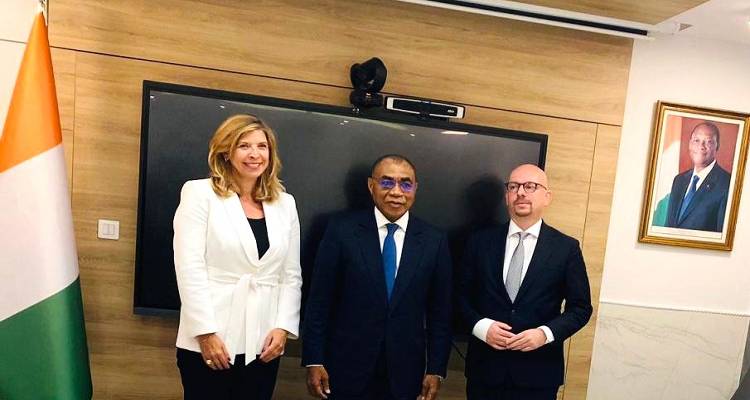An International Monetary Fund (IMF) team led by Subir Lall visited Egypt from 5-16 May 2019 to conduct the fifth and final review of Egypt’s economic reform programme supported by a three-year extended fund facility
The staff-level agreement is subject to approval by the IMF’s executive board. Completion of this review would make available about US$2bn, bringing total disbursements under the programme to about US$12bn.
According to Lall, “Over the last three years, the Egyptian authorities have carried out an ambitious home-grown reform programme which has aimed to correct significant external and domestic imbalances, promote inclusive growth and job creation and strengthen social spending.”
“The authorities’ efforts have been successful in achieving macroeconomic stabilisation, a recovery in growth, and an improvement in the business climate. GDP growth accelerated from 4.2 per cent in 2016/17 to 5.3 per cent in 2017/18; unemployment declined from 12 per cent to below nine per cent and the current account deficit narrowed from 5.6 per cent of GDP to 2.4 per cent,” Lall added.
“Gross general government debt is expected to decline according to our estimates to about 85 per cent of GDP in 2018/19 from 103 per cent of GDP in 2016/17. International reserves increased from US$17bn in June 2016 to US$44bn in March 2019” Lall noted.
“The Central Bank of Egypt (CBE) has modernised its monetary policy framework, which focuses on inflation as its primary objective under a flexible exchange rate regime. Its monetary policy stance has been appropriately calibrated, helping to reduce inflation from 33 per cent in July 2017 to 13 per cent in April 2019 despite occasional supply-side shocks and excessive volatility in some food prices.”
“Addressing food supply bottlenecks by investing in logistics, storage facilities and transport infrastructure and reducing non-tariff trade barriers are important measures that would reduce this volatility. The CBE aims to reduce inflation to single digits in the medium term. This would help to further strengthen macroeconomic stability, reduce interest rates, and attract investment. The CBE’s commitment to exchange rate flexibility ensures that that the Egyptian pound reflects economic fundamentals, protects international reserves, and enhances the economy’s resilience to external shocks. The CBE has also established itself as a credible guardian of financial sector stability,” Lall further added.
“Egypt is on track to achieve its three-year fiscal consolidation objective of 5.5 per cent of GDP in the primary balance. The primary surplus target of two per cent of GDP in 2018/19 is within reach, and the authorities intend to maintain this level in the medium term to keep general government debt on a steadily declining trajectory,” said Lall.
“The major reform areas include improving access to finance, improving industrial land allocation, enhancing competition, strengthening transparency and management of state-owned enterprises and fighting corruption. Timely completion of the planned measures would yield significant dividends in terms of higher investment, inclusive growth, and job creation,” Lall commented.





































